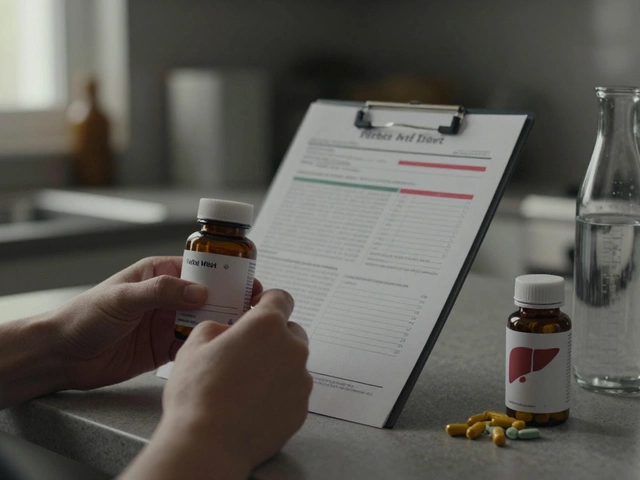Chest Anatomy: What Makes Up Your Thorax?
Ever wonder what’s hiding behind your ribs? Your chest isn’t just a cage for your lungs; it’s a busy hub where bones, muscles, and vital organs work together. Knowing the basics helps you understand breathing, posture, and even why certain injuries hurt so much.
Bone Basics: The Rib Cage and Sternum
The rib cage is a set of 12 pairs of ribs that curve around your torso. The upper ribs attach directly to the sternum (breastbone) via cartilage, while the lower ones float a bit, giving you flexibility. This bony frame protects the heart, lungs, and big blood vessels. If you’ve ever felt a “knock” on your chest after a fall, that’s the ribs absorbing the impact.
The sternum sits right in the middle, acting like a shield for the organs behind it. It’s made of three parts – the manubrium, body, and xiphoid process – and you can actually feel the joints where they meet if you press gently under the collarbone.
Muscle Movers: Intercostals and Diaphragm
Between each rib are intercostal muscles. They’re thin, but they do the heavy lifting when you breathe. When you inhale, these muscles contract, lifting the ribs up and out, creating more space for the lungs to expand. Exhaling is the reverse – they relax, and the ribs drop back down.
Below the rib cage sits the diaphragm, a dome‑shaped muscle that separates the chest from the abdomen. When it contracts, it flattens, pulling air into the lungs. It’s also why a deep breath feels like a big stretch across your belly.
Organ Overview: Lungs, Heart, and More
The lungs sit on either side of the heart, filling most of the chest cavity. The left lung is slightly smaller because the heart takes up space on the left side. Air travels through the trachea, splits into bronchi, and then spreads into tiny air sacs called alveoli where oxygen swaps places with carbon dioxide.
The heart rests in the mediastinum, the central space between the lungs. It’s roughly the size of a closed fist and beats about 70 times a minute at rest. Major blood vessels – the aorta, vena cava, and pulmonary arteries – run close to the chest wall, which is why a strong blow to the chest can affect circulation.
Why Chest Anatomy Matters to You
Understanding this layout helps you spot red flags. Sharp chest pain after a cough could signal a rib fracture, while a dull ache that worsens with deep breaths might point to a muscle strain or pleurisy (inflamed lung lining). Knowing where the heart sits can also guide you in performing CPR – you place your hands on the lower half of the sternum.
Even everyday activities benefit from this knowledge. Good posture keeps the rib cage open, allowing the lungs to fully expand. Over‑slouching compresses the chest, making breathing feel shallow. Simple stretches that lift the ribs and engage the diaphragm can improve both comfort and oxygen intake.
Quick Tips to Keep Your Chest Healthy
- Practice deep breathing: inhale through the nose, let the belly rise, exhale slowly.
- Strengthen your back and core: strong muscles support the rib cage and improve posture.
- Avoid smoking: it damages the alveoli and reduces lung capacity.
- Stay active: cardio workouts keep the heart and lungs in top shape.
- Seek medical help if you have persistent chest pain, especially if it spreads to the arm or jaw.
Now you’ve got a solid snapshot of chest anatomy. Whether you’re dealing with a sore rib, curious about breathing better, or just want to understand what’s happening inside that sturdy box, these basics give you a clear picture. Keep them handy, and you’ll notice the difference in everyday comfort and health.






